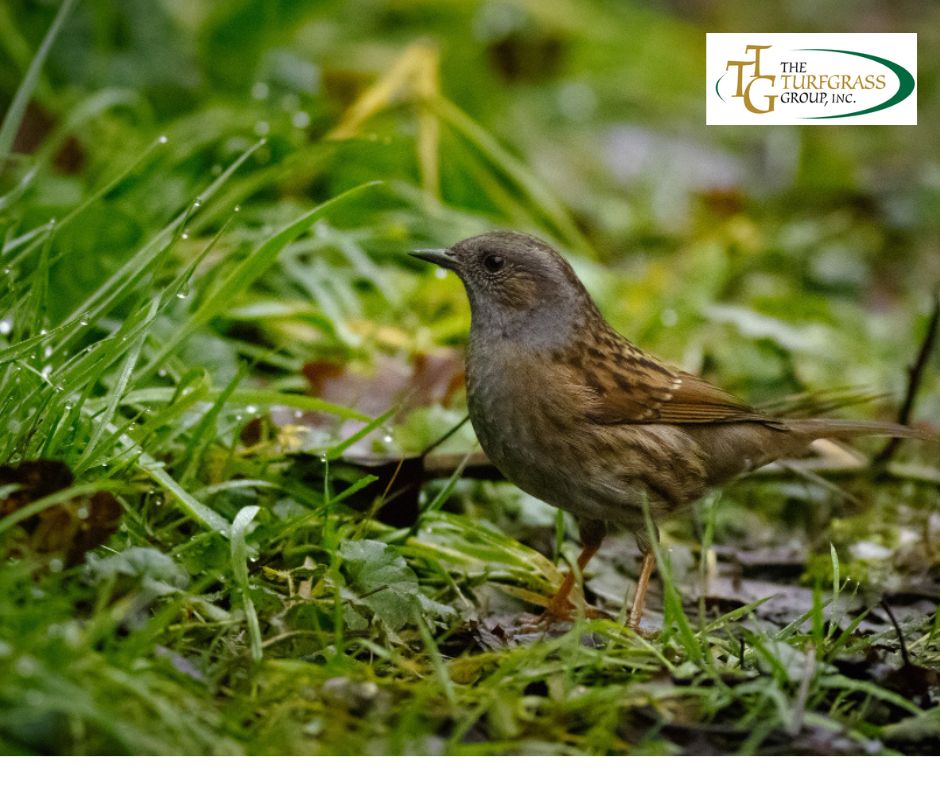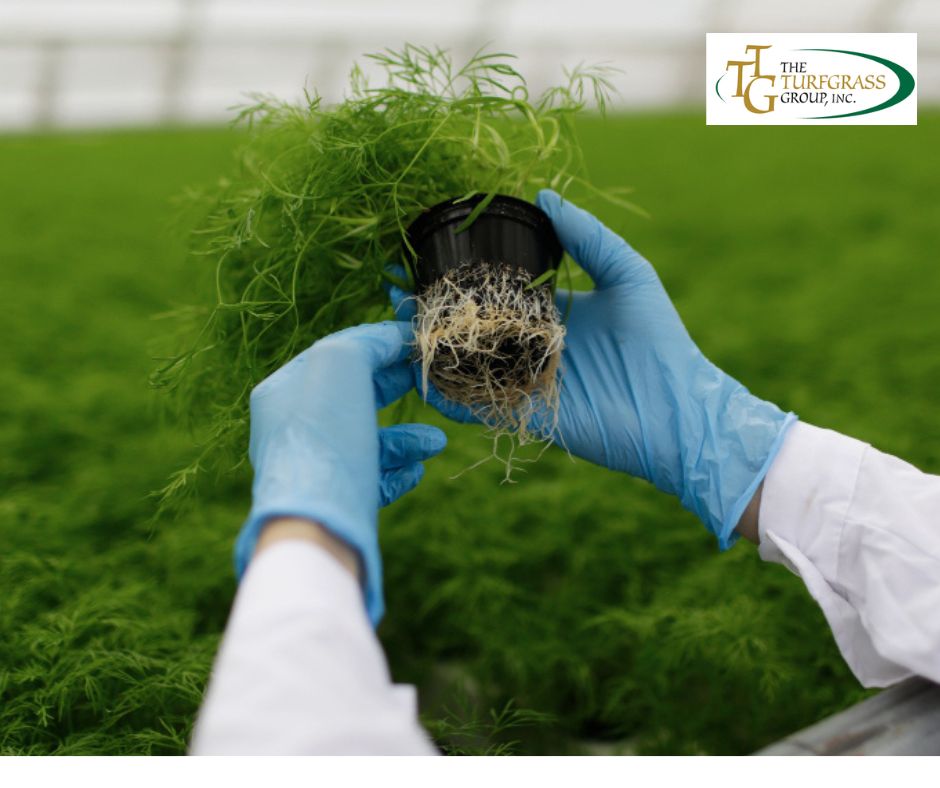
Establishing a lush green lawn is a satisfying endeavor for many homeowners and gardeners.
However, one of the challenges faced during this process is protecting newly planted grass seedlings from wildlife.
Birds, squirrels, rabbits, and other critters can wreak havoc on tender grass shoots, undoing hours of hard work.
Fortunately, with some strategic planning and implementation, it’s possible to safeguard your new grass seedlings from wildlife damage.
Understanding the Threat:
Before delving into protective measures, it’s crucial to understand the various types of wildlife that pose a threat to new grass seedlings.
Birds, particularly sparrows, robins, and starlings, are notorious for pecking at seeds and pulling up young shoots.
Squirrels have a penchant for digging up newly planted areas in search of buried nuts, often disrupting emerging grass.
Additionally, rabbits can nibble on tender grass blades, hindering growth and causing patches in the lawn.
Effective Strategies for Protection:
Physical Barriers:
Installing physical barriers is one of the most effective ways to deter wildlife from accessing newly seeded areas. Options include:
- Netting: Cover the seeded area with bird netting or mesh to prevent birds from reaching the seeds. Ensure the netting is secured tightly to the ground to prevent animals from accessing the space underneath.
- Row Covers: Lightweight row covers or floating row covers can be draped over newly seeded areas to protect birds and small mammals. These covers allow sunlight, air, and water to penetrate while keeping pests at bay.
- Fencing: Erecting temporary fencing around the perimeter of the seeded area can deter larger animals like rabbits and deer. Use chicken wire or hardware cloth with small mesh openings to prevent animals from squeezing through.
Repellents:
Various repellents can be applied to the soil or foliage to discourage wildlife from foraging in the area. Consider:
- Chemical Repellents: Commercial repellents containing natural or synthetic ingredients can be sprayed onto the grass seedlings or surrounding vegetation. These repellents emit odors or tastes that are unpleasant to wildlife, deterring them from feeding on the plants.
- Homemade Repellents: DIY repellents using ingredients like garlic, chili peppers, or vinegar can also be effective. Mix these ingredients with water and apply them to the soil or foliage as a spray.
Scare Tactics:
Implementing scare tactics can startle wildlife and discourage them from frequenting the seeded area. Options include:
- Scarecrows: Traditional scarecrows or scarecrow decoys equipped with reflective materials or noise-making devices can help keep birds and mammals away.
- Motion-Activated Devices: Install motion-activated sprinklers, lights, or ultrasonic devices that startle animals when they approach the seeded area. These devices provide a temporary deterrent without causing harm to wildlife.
Timing and Observation:
Strategically timing the seeding process can minimize wildlife interference.
Consider planting grass seed during periods when wildlife activity is lower, such as early morning or late evening.
Additionally, regularly monitor the seeded area for signs of wildlife intrusion, such as tracks or droppings, and promptly implement protective measures if necessary.
Proper Seedbed Preparation:

Ensuring the seedbed is prepared correctly can also contribute to protecting new grass seedlings from wildlife damage.
By following these guidelines, you can create an environment that is less appealing to pests:
- Rake and smooth the soil surface before seeding to eliminate hiding spots for small animals like rodents.
- Incorporate organic matter, such as compost, into the soil to improve its structure and fertility, which can promote healthy grass growth and make it less enticing to wildlife.
- Consider using a seed starter mulch or covering the seeded area with a thin layer of straw to help retain moisture and provide some protection from wildlife while the seeds germinate.
Companion Planting:
Integrating companion plants into the landscape can help distract and repel wildlife from newly seeded areas.
Certain plants have natural properties that make them unattractive or even harmful to common garden pests. Some companion plants to consider include:
- Marigolds: These colorful flowers contain compounds that repel many insects, including some that may feed on grass seedlings.
- Alliums: Plants like onions, garlic, and chives emit odors that deter pests like rabbits and deer.
- Mint: The strong scent of mint can help mask the odor of newly planted grass seedlings, making them less noticeable to wildlife.
Regular Maintenance:
Consistent maintenance practices can help keep wildlife at bay and promote the healthy growth of grass seedlings.
Stay vigilant and implement the following maintenance tasks as needed:
- Keep the lawn mowed at the appropriate height to discourage wildlife from foraging in the area. Taller grass can provide cover for small animals and attract larger herbivores.
- Remove fallen leaves, debris, and other organic matter from the lawn, as these can provide hiding places for pests and create favorable conditions for fungal diseases.
- Inspect the perimeter of the lawn for signs of burrowing or tunneling by rodents, and take steps to eliminate potential entry points.
Collaborative Efforts:
In some cases, collaboration with neighbors or community members can enhance efforts to protect new grass seedlings from wildlife.
Consider coordinating with neighbors who may be experiencing similar challenges with wildlife in their gardens.
By pooling resources and sharing strategies, you can create a more effective defense against pests that roam across property lines.
Additionally, participating in local gardening groups or online forums can provide valuable insights and support from experienced gardeners facing similar wildlife-related issues.
Alternative Feeding Stations:
Providing alternative feeding stations can help divert wildlife away from newly seeded areas.
Place bird feeders, squirrel feeders, or trays of nuts and seeds in a designated area of the yard away from the freshly planted grass.
By offering a readily available food source, you can encourage wildlife to forage in a specific location, reducing the likelihood of them targeting your grass seedlings.
Continuous Monitoring and Adaptation:

Wildlife behavior can be unpredictable, so it’s essential to continuously monitor the effectiveness of your protective measures and adapt as needed.
Keep an eye on the condition of the lawn, looking for signs of wildlife damage or intrusion.
If you notice any areas of concern, reassess your strategies and make adjustments accordingly.
By staying proactive and responsive to changes in wildlife activity, you can maintain adequate protection for your grass seedlings throughout the growing season.
Conclusion:
Protecting new grass seedlings from wildlife requires a combination of proactive planning, strategic implementation, and ongoing maintenance.
By employing a variety of techniques such as physical barriers, repellents, companion planting, and collaborative efforts, gardeners can create an environment that is less attractive to pests and more conducive to healthy grass growth.
With dedication and perseverance, you can enjoy a lush, vibrant lawn free from the interference of wildlife.
By incorporating these strategies into your gardening routine, you can ensure the success of your grass seedlings and cultivate a beautiful outdoor space to enjoy for years to come.
For further assistance or inquiries about turfgrass solutions, feel free to contact us at The Turfgrass Group.
FAQs
What kinds of wildlife pose a threat to newly planted grass seedlings?
Birds such as sparrows, robins, and starlings are known for pecking at seeds and pulling up young shoots. Squirrels often dig up newly planted areas, while rabbits may nibble on tender grass blades, causing patches in the lawn.
How can I physically protect my grass seedlings from wildlife?
Physical barriers like netting, row covers, and fencing are practical. Netting and mesh can prevent birds from reaching seeds, while row covers protect birds and small mammals. Erecting temporary fencing can deter larger animals like rabbits and deer.
What repellents can I use to deter wildlife from my lawn?
Chemical repellents, both commercial and homemade, can be applied to the soil or foliage. These emit odors or tastes unpleasant to wildlife. Homemade options include mixtures of garlic, chili peppers, or vinegar sprayed onto the grass seedlings or surrounding areas.
Are scare tactics effective in deterring wildlife?
Yes, scare tactics like scarecrows or motion-activated devices can startle wildlife and discourage them from frequenting the seeded area. Motion-activated sprinklers, lights, or ultrasonic devices can provide temporary deterrents without harming wildlife.
How can proper seedbed preparation contribute to protecting grass seedlings?
Raking and smoothing the soil surface eliminate hiding spots for small animals while incorporating organic matter improves soil structure and fertility. Seed starter mulch or a thin layer of straw can help retain moisture and provide protection from wildlife during germination.
What are some companion plants that can help repel wildlife from newly seeded areas?
Marigolds, alliums (such as onions and garlic), and mint can be integrated into the landscape to deter pests like insects, rabbits, and deer.
How can regular maintenance practices help protect grass seedlings from wildlife?
Consistent maintenance, including proper mowing, debris removal, and perimeter inspections, can discourage wildlife from foraging in the area and create unfavorable conditions for pests.
Is collaboration with neighbors or community members beneficial in protecting grass seedlings from wildlife?
Yes, coordinating with neighbors facing similar challenges can enhance efforts to deter wildlife. Sharing strategies and resources can create a more effective defense against pests that roam across property lines.
What is the significance of providing alternative feeding stations for wildlife?
Alternative feeding stations, such as bird feeders or squirrel feeders placed away from the freshly planted grass, can divert wildlife from targeted areas. By offering a readily available food source, you can encourage wildlife to forage in designated locations, reducing the likelihood of damage to grass seedlings.
How should I continuously monitor and adapt my protective measures against wildlife?
Continuous monitoring of the lawn for signs of damage or intrusion is essential. If issues arise, reassess strategies and make necessary adjustments to maintain adequate protection throughout the growing season.